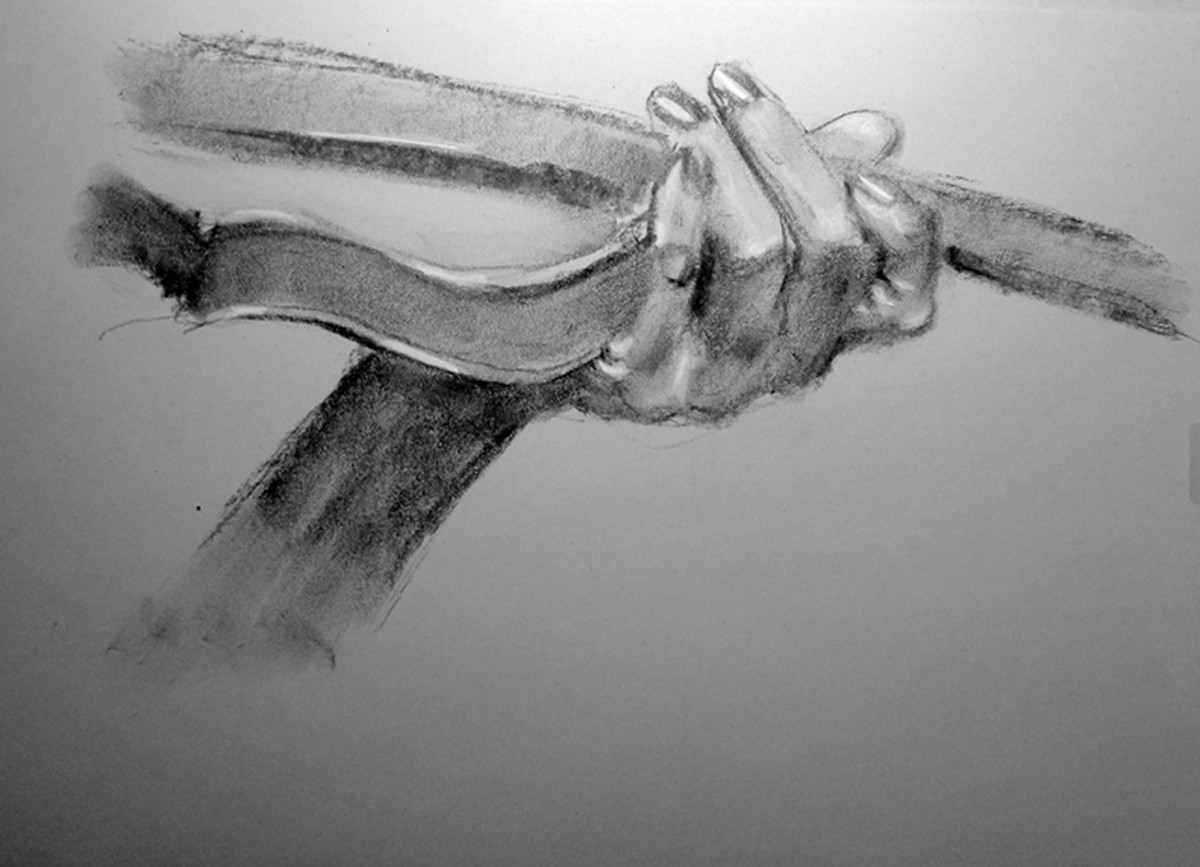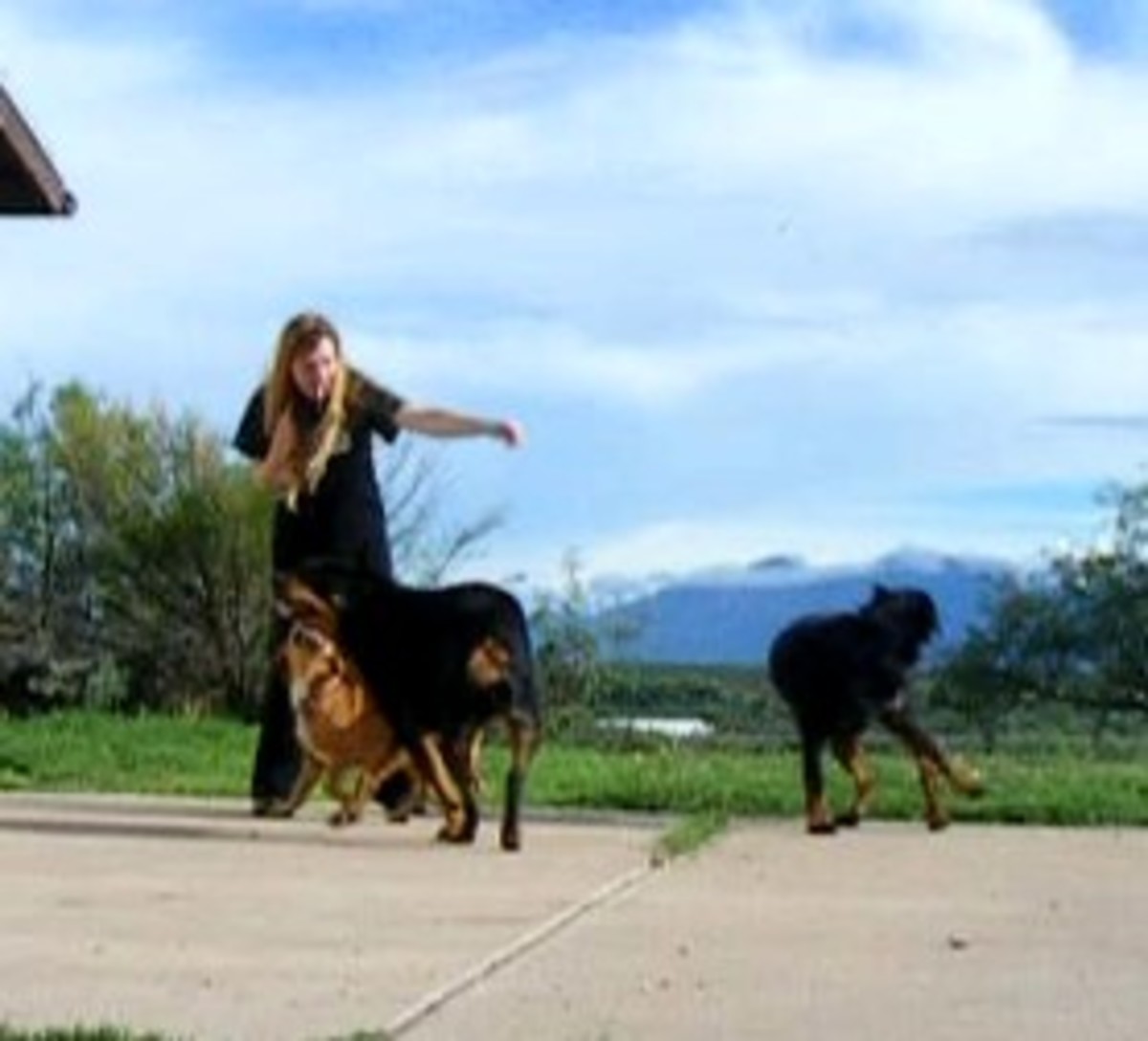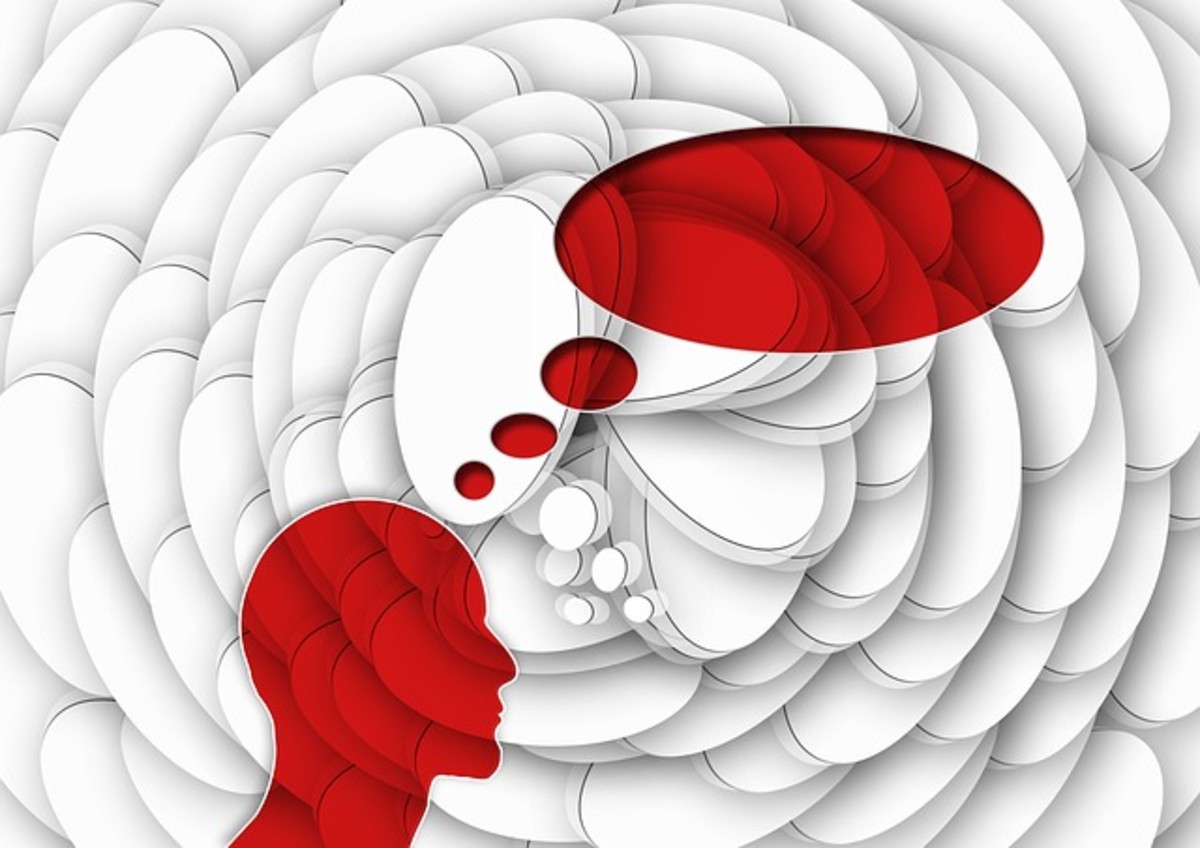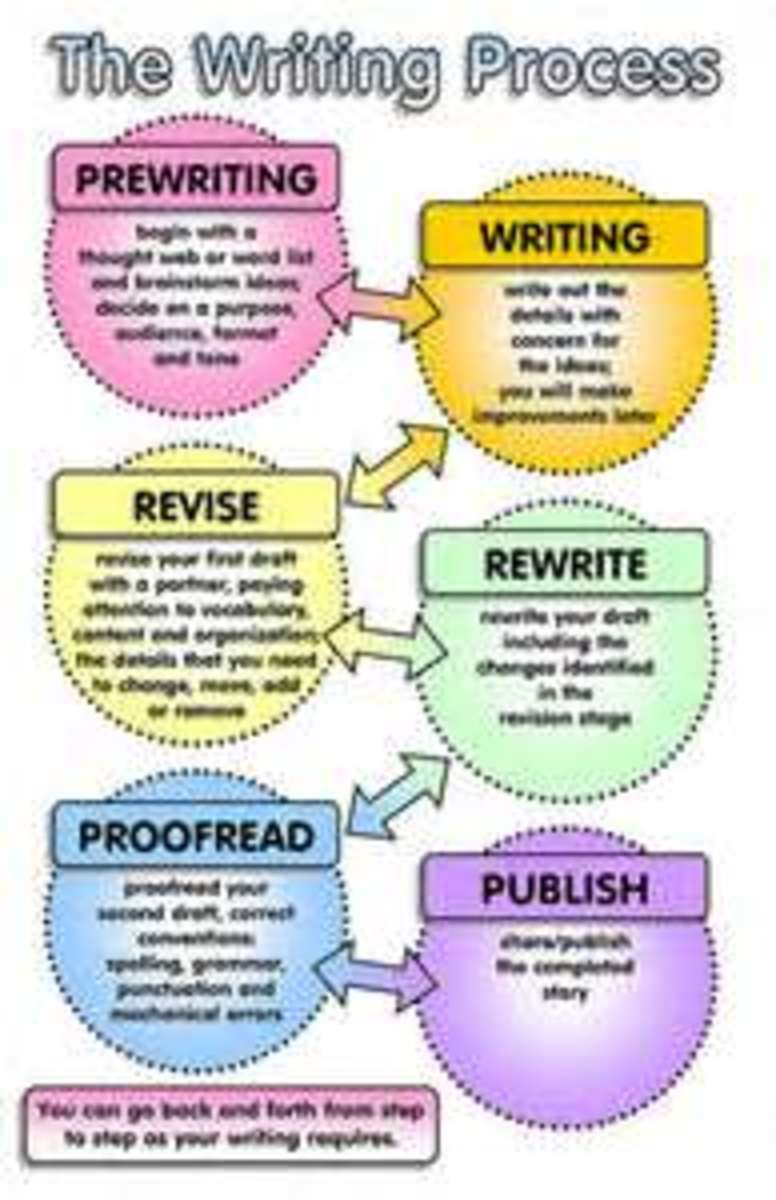Memory Helpers: Use These Tips to Improve Your Memory
Whether you are suffering from "Mommy brain", remembering a shopping list or are studying for a test, everyone needs help with their memory sometimes. Check out the following memory tricks to help you make that information you need to know stick in your brain for good.
Repetition, repetition, repetition:
Repeating new information over and over again will help to imprint it more thoroughly in the neural pathways of your brain. This makes it more likely to go into your long-term memory. Try using this when you need to remember someone's name. Repeating a person's name soon after meeting them ("nice to meet you, Beth") helps you to remember it. And you should say it more than once. Saying their name three times within a few hours of meeting them makes it five times more likely that you will remember than if you only said it once. (So what do you do for a living, Beth? Wow, Beth, that sounds like fun!")
Write it down! If you need to remember to do something, or to buy something, or to tell someone something, write yourself a note about it. Put it in a spot you will see it easily. It is amazing to me how many people do not do this simple little thing. It is a foolproof way to remember information. Just the act of writing it down will help you remember, even if you lose the note itself.
Mneumonics are memory tricks that you can use to recall specific information. You can make up an acronym, which is a word formed by the first letters of the words you need to remember (e.g. Roy G. Biv for the colours of the rainbow). Or you can use a catchy little rhyme to make it easier to remember (e.g. thirty days hath September, April, June and November...) Mnemonics work best if you are familiar with the material you need to remember and just need something to help you recall it easier.
Make your own mnemonics
- Spacefem.com: Random Mnemonic Maker
Simple online mnemonic device maker. Type letters into the box, we'll make you a funny sentence to remember them.
Those were some basic memory techniques, now let's get fancy...
A peg memory system helps you memorize lists of information. "Peg" refers to the mental peg that you hang your information on. It is a reminder that helps you to jog your memory so you can retrieve new information later on.
The number peg system is the most popular peg system and I think the easiest to learn. What you do is this: Take the numbers from one to ten. Match each number to a rhyming picture that is easy to remember and visualize, for example:
- one- gun
- two- shoe
- three- tree
- four- door
- five- hive
- six- sticks
- seven- heaven
- eight- gate
- nine- wine
- ten- hen
Really visualize these things in your mind as vividly as you can. Now take the list of words you need to memorize and match them up with the words on your peg list. So if you need to remember to buy eggs, milk and bread, picture a gun shooting eggs, a shoe kicking over a carton of milk and bread growing in a tree.
Number shape pegs are a little different than number pegs, but the technique is the same. It is based on the actual shape of the numbers. It is good for people who are more visual and don't care for rhymes. Maybe one looks like a pencil and two is a swan. Using the shopping list above, you could picture a pencil pierced through an egg and a swan swimming through milk.
Alphabet pegs use letters instead of numbers. You can use rhyming words, e.g. A- hay, B- bee. Or personalize it to suit your interests. If you are an animal lover, A can be ape, B is bear and so on. So, using the example above, the ape is throwing eggs and the bear is drinking milk.
It may seem that it is more work to memorize lists this way as you have to remember your peg list first. But you only have to memorize your peg list once. Once you commit your list to your long-term memory, the new information will stick in your mind better.
Give it a try!
The Loci Method
The loci method is an ancient memorization technique first used by Greeks and Romans . Like the peg system, it uses visualization to help you remember new information. How it works: Picture a route you travel often. This could be your drive to work, a walk in the park or a walk through your house. Always use the same route, never vary it. Picture specific landmarks on your route. Then attach pictures in your mind of what you need to remember to these landmarks.








